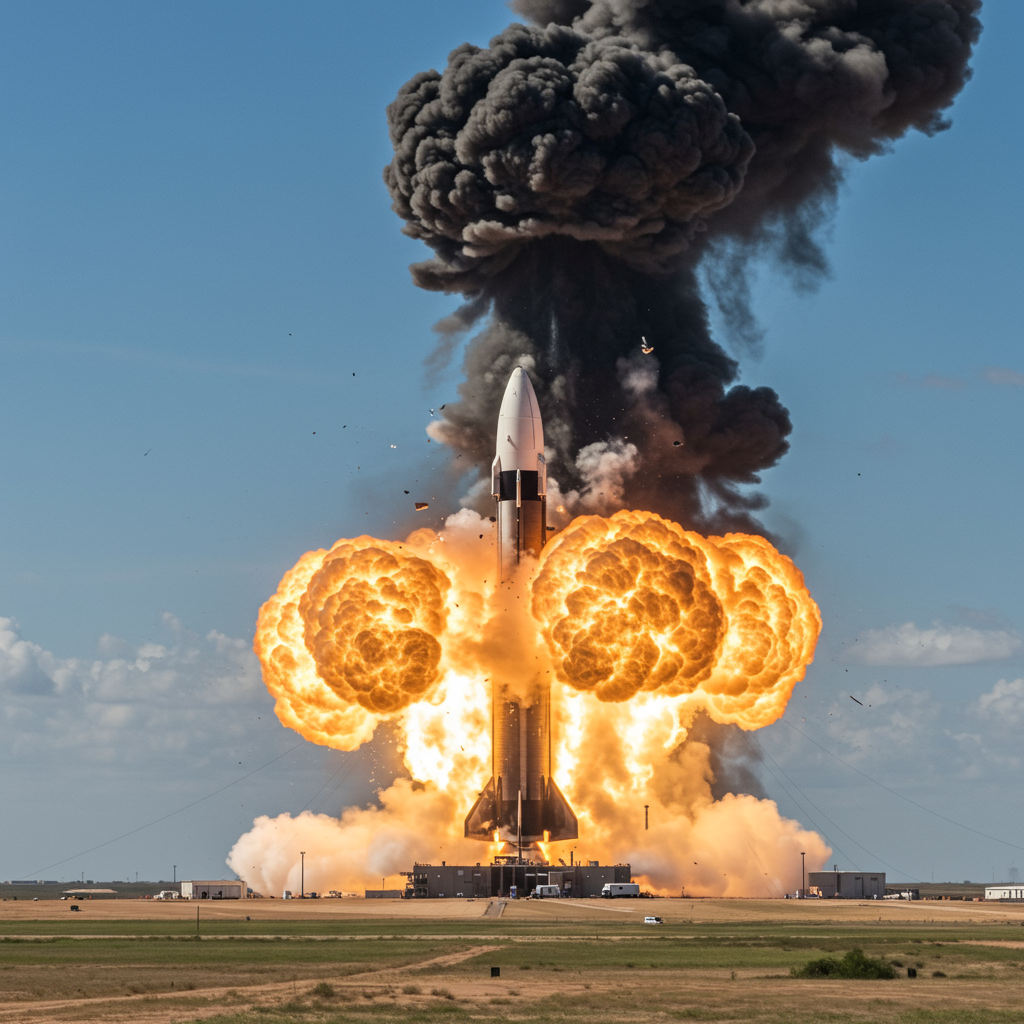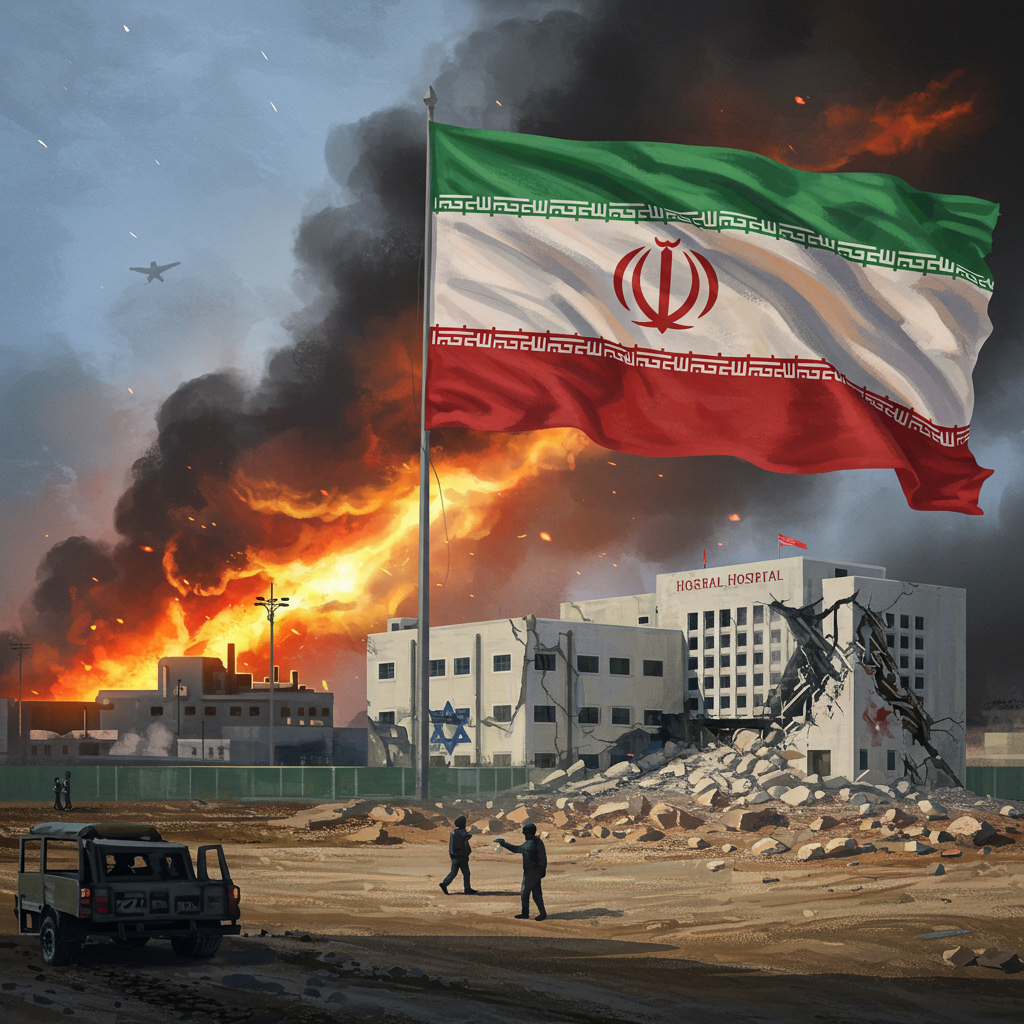President Donald Trump’s stance on the escalating conflict involving Iran appears to have undergone a rapid and dramatic shift. Just days after abruptly leaving a global leaders’ summit and issuing a stark public warning for civilians to “evacuate Tehran,” a move that fueled international speculation about impending military action, the president announced he would take up to “two weeks” to decide on the U.S. approach.
Speaking to reporters before a fundraiser, Trump indicated he was waiting to see “whether or not people come to their senses.” He refrained from calling for an immediate ceasefire as diplomatic efforts continued, emphasizing the ongoing threat posed by Iran’s nuclear program but offering no specifics on a potential U.S. military response.
This pivot from seemingly imminent confrontation to a delayed decision has sparked widespread debate and criticism, with many observers questioning the president’s strategy and decisiveness.
Behind the ‘Two Weeks’ Window
The decision to introduce a two-week timeframe for a potential decision comes amidst persistent exchanges of fire between Israel and Iran. While Trump held high-level meetings, including in the Situation Room, to weigh potential U.S. military strikes, the White House ultimately announced the delay.
White House Press Secretary Karoline Leavitt confirmed the president’s quote, stating, “Based on the fact that there’s a substantial chance of negotiations that may or may not take place with Iran in the near future, I will make my decision whether or not to go within the next two weeks.”
However, this use of a “two weeks” deadline is a pattern familiar from Trump’s past, having been applied to timelines for various policy promises and previous international crises. When questioned about the credibility of this timeframe, the administration pointed to the “incompetence” of prior leadership as a factor in the current global instability, framing Trump as a potential “peacemaker” ready for diplomacy but not shying away from force if needed.
Why the Delay? Potential Rationales
Analysts and experts are exploring several potential reasons behind this seemingly unpredictable delay:
A Strategic Deception: One theory suggests the two-week window could be a calculated ruse. This could be a “ploy to deceive Iran,” creating a false sense of security that provides “cover for a decision to strike immediately” or buys crucial “time” for the United States to bolster its military presence in the region. U.S. military assets, including aircraft carriers and accompanying warships, are already deployed, and a two-week period could allow for the arrival of additional forces, enhancing capabilities. This timing is also seen as potentially giving Israel more time to address Iranian air defenses, particularly around fortified nuclear sites like Fordow, which may require specialized U.S. munitions like the 30,000-pound “bunker buster” for destruction.
Genuine Push for Diplomacy: Conversely, the stated reason—the “substantial chance of negotiations”—might be sincere. International diplomatic efforts are underway, including meetings in Geneva involving European nations (UK, France, Germany) and Iranian diplomats. These talks aim to find a resolution to prevent Iran from developing nuclear weapons. European nations are reportedly seeking to broker a “take it or leave it deal,” potentially offering “regime survival” in exchange for nuclear concessions. Trump’s stated demand remains “no enrichment of uranium.”
The conflict, now in its eighth day, has reportedly resulted in hundreds of casualties in Iran, highlighting the urgent need for de-escalation or resolution. The immediate trigger for the recent escalation is often cited as the International Atomic Energy Agency’s assessment that Iran violated its commitments and was nearing nuclear weapon capability, a claim Iran denies, stating its program is for civilian purposes.
Criticism, Skepticism, and GOP Hawks
The shift from the aggressive “evacuate Tehran” warning to a delayed decision has drawn sharp criticism. Commenters and former officials have described the approach as indicative of an “indecisive commander in chief lacking clarity.”
The oscillation in signals has also impacted hawkish Republican allies in Congress who had publicly urged strong U.S. support for Israel, including calls for military aid, ending Iran’s nuclear program, and even regime change. Trump’s subsequent decision to delay left these GOP hawks “twisting,” according to reports.
Expert Perspectives
Expert analysis suggests that direct U.S. military intervention is “highly unlikely at present” due to various political and policy considerations. Diplomacy is also viewed as improbable given the entrenched stances of both Iran and Israel.
Some experts characterize Trump’s current approach of allowing Israel and Iran to continue their conflict for now as “perilous.” The situation remains a “cliffhanger,” with the president expected to remain in close contact with his national security team as the two-week clock begins.


